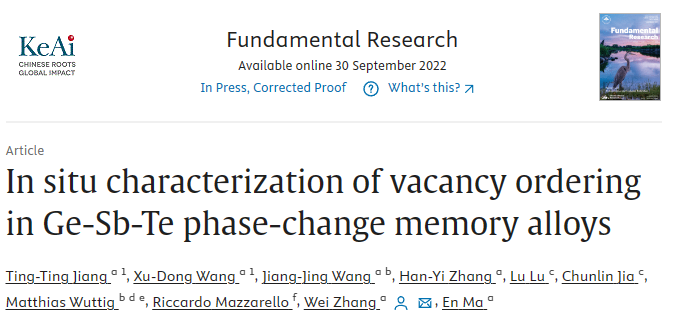
Tailoring the degree of structural disorder in Ge-Sb-Te alloys is important for the development of non-volatile phase-change memory and neuro-inspired computing. Upon crystallization from the amorphous phase, these alloys form a cubic rocksalt-like structure with a high content of intrinsic vacancies. Further thermal annealing results in a gradual structural transition towards a layered structure and an insulator-to-metal transition. In this work, we elucidate the atomic-level details of the structural transition in crystalline GeSb2Te4 by in situ high-resolution transmission electron microscopy (HRTEM) experiments and ab initio density functional theory (DFT) calculations, providing a comprehensive real-time and real-space view of the vacancy ordering process. We also discuss the impact of vacancy ordering on altering the electronic and optical properties of GeSb2Te4, which is relevant to multilevel storage applications. The phase evolution paths in Ge-Sb-Te alloys and Sb2Te3 are illustrated using a summary diagram, which serves as a guide for designing phase-change memory devices.
Link:https://www.sciencedirect.com/science/article/pii/S2667325822003752#fig0007